We do a lot of loft surveys each year and the majority are for new storage boarding, but we also get a lot of home owners who have had loft boarding done in the past and after reading our website they become concerned that their loft boarding has not been done correctly!
Unfortunately there are lots of cowboys and generally people setting up as a loft boarding company who really have no clue and no skills in the building industry. These people give everyone a bad reputation because they are making a complete mess of people loft spaces and homes.
Incorrectly boarding a loft can be dangerous and can also cause issues in the not to distant future like structural defects, condensation and damp issues.
Warning: Before letting anyone in your home to do work make sure they are registered with a local authority scheme like Safe Trader run by Trading Standards or Guild of Master Craftsmen's or similar. Be aware these "recommend a builder" or "rated traders" websites can sometimes have fake feedback so get some real references and contact numbers from their previous customers just to be sure.
Never give a deposit or any money up front for any reason as there are fraudsters working in the Northwest and around the UK so be on full alert with tradesmen. Ask for ID and only accept a written quote on letter headed paper.
Below are examples of bad loft boarding:
Failing to maintain adequate insulation thickness, either by compressing it with boards or removing it entirely to fit the boards.
This reduces the thermal efficiency of the loft, leading to higher energy bills and an uncomfortable home environment.
Problem:When loft boards are laid directly onto the existing insulation without proper support, the insulation gets compressed.
Impact:Compressed insulation loses its effectiveness because its ability to trap air, which is what provides the insulation, is significantly reduced. This diminishes the thermal barrier, leading to higher heat loss and increased energy consumption for heating.
Problem:Some installers may remove insulation to create a flat surface for boarding.
Impact:Removing insulation altogether leaves gaps where heat can escape, reducing the overall thermal efficiency of the loft space. This can lead to higher energy bills and a colder home environment.
Problem:UK building regulations recommend a certain thickness for loft insulation (typically 270mm for mineral wool). If the insulation is not thick enough due to poor installation practices, it won't provide the necessary thermal resistance.
Impact:The loft won't meet energy efficiency standards, resulting in higher heating costs and potential non-compliance with building regulations.
Problem:Installing boards directly onto joists without using loft legs or other supports can create thermal bridges, where heat can pass through more easily.
Impact:Thermal bridges lead to cold spots and condensation issues, which can cause mold growth and damage to the loft structure and stored items.
Problem:Poorly installed insulation can leave gaps or areas where insulation is missing.
Impact:These gaps allow cold air to penetrate the loft space, reducing the overall effectiveness of the insulation. Incomplete coverage can also lead to uneven temperatures in different parts of the home.
Problem:Using inferior or inappropriate insulation materials can result in poor thermal performance.
Impact:Low-quality materials may not provide adequate insulation, leading to heat loss and increased energy usage. They may also deteriorate more quickly, requiring more frequent replacements.
Problem:Poorly considered loft boarding can block ventilation pathways that are essential for the insulation to work effectively.
Impact:Inadequate ventilation can lead to condensation build-up, which reduces the effectiveness of insulation and can cause damp and mold problems.
Problem:Persistent issues with insulation can lead to structural damage over time.
Impact:Continuous exposure to damp and condensation can weaken the structural integrity of the loft, leading to costly repairs and potential safety hazards.
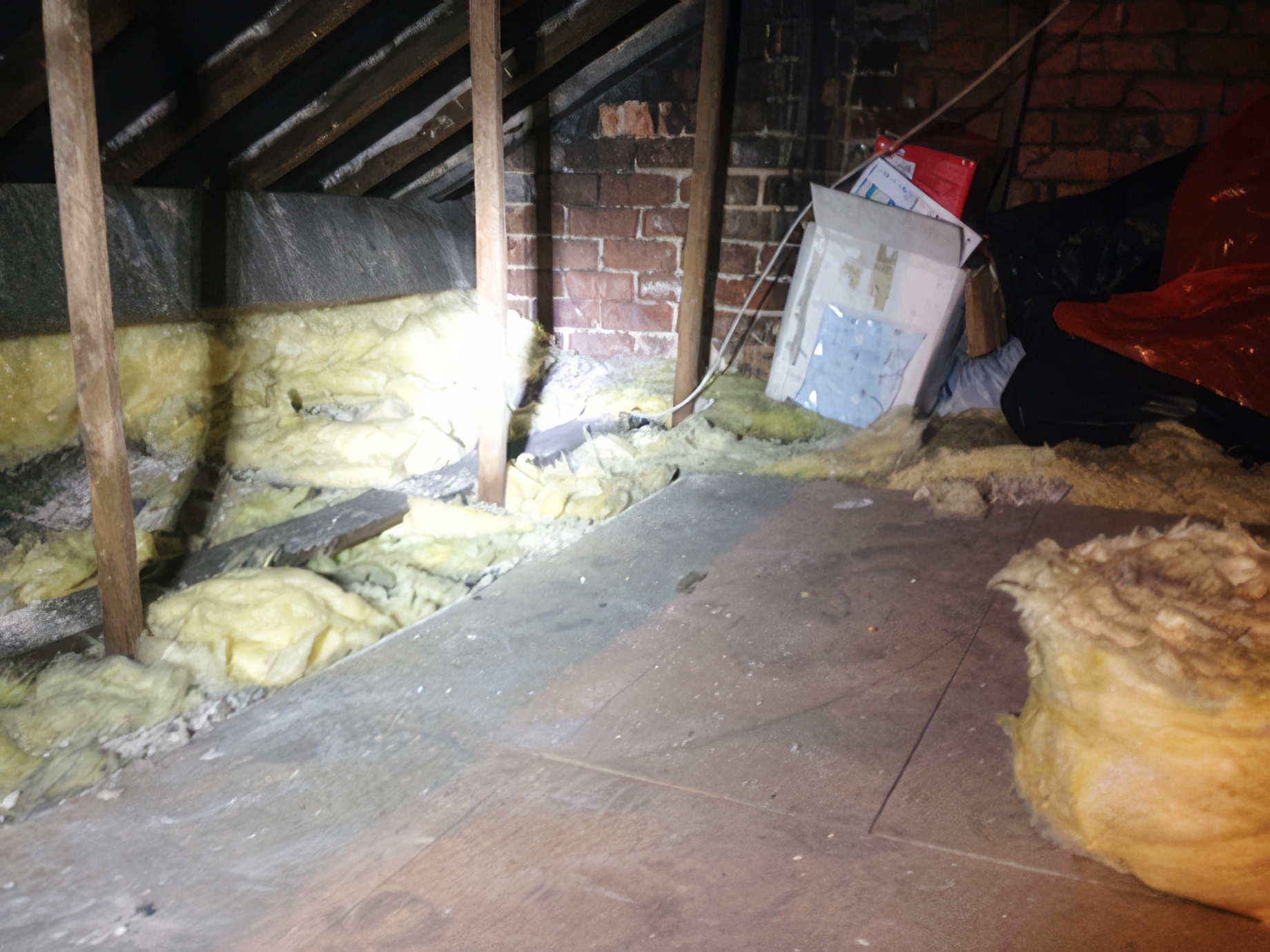
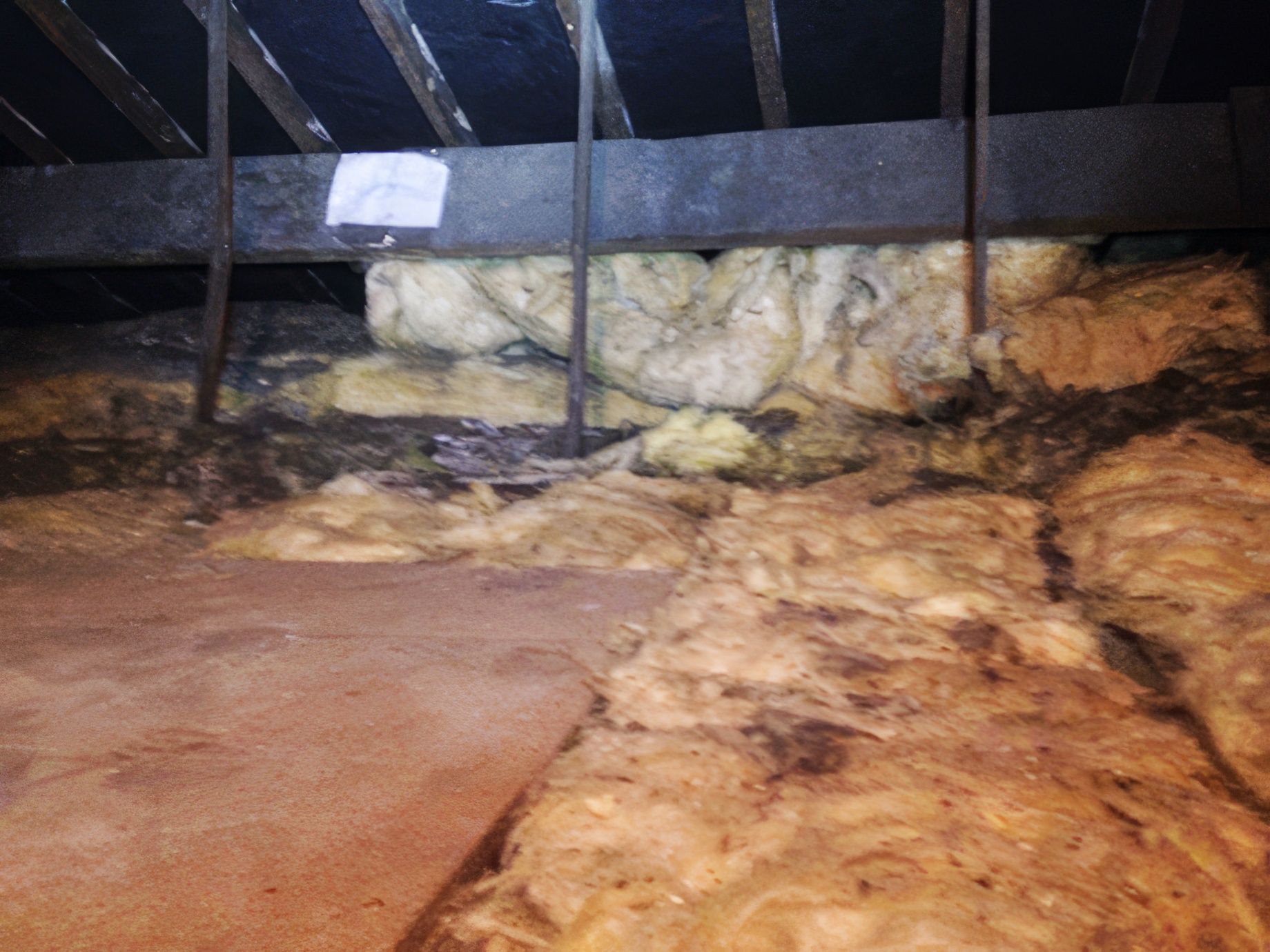
Ensuring proper insulation during loft boarding involves using the correct materials, maintaining the recommended thickness, and avoiding practices that compress or remove insulation. Properly supporting the boards above the insulation with loft legs or stilts and ensuring good ventilation are also crucial steps to prevent these issues.
Inadequate support is a critical issue in loft boarding that can lead to a range of structural and safety problems. Proper support systems, such as loft legs or stilts, are essential to ensure that the boarding is raised above the insulation layer. This maintains the integrity and efficiency of the insulation while providing a safe and stable platform for storage and occasional use. Without adequate support, the weight of the boards and any items stored on them can compress the insulation below, reducing its effectiveness and potentially damaging it. This can lead to increased heat loss and higher energy bills, as the compressed insulation no longer provides the necessary thermal resistance.
One of the most significant risks associated with inadequate support is the potential for sagging or uneven floors. When boards are laid directly on the joists or on insufficient supports, they can bend or sag under the weight of stored items. This not only creates an uneven and unsafe surface but can also put undue stress on the joists and the structural framework of the loft. Over time, this stress can lead to cracks, weakening of the joists, and even structural failure. In severe cases, the loft floor could collapse, posing serious safety hazards to anyone using the space or living below it.
Inadequate support can also exacerbate the problem of thermal bridging, where heat is conducted through the joists and other structural elements that are in direct contact with the boards. Thermal bridging reduces the overall thermal efficiency of the loft and can create cold spots, which are areas where heat escapes more readily. These cold spots can lead to condensation and damp issues, particularly in the winter months when the temperature differential between the inside and outside of the house is greater. This dampness can cause mold growth, which poses health risks and can damage stored items and the loft structure.
Furthermore, without proper support, the boarding can shift or move over time. This movement can cause gaps to appear between the boards, creating trip hazards and making the loft space unsafe to use. It can also make the loft less practical for storage, as items can fall through the gaps or become unstable. Ensuring that the loft boards are securely and evenly supported is essential for creating a safe, usable space that can be relied upon for storage and occasional access.
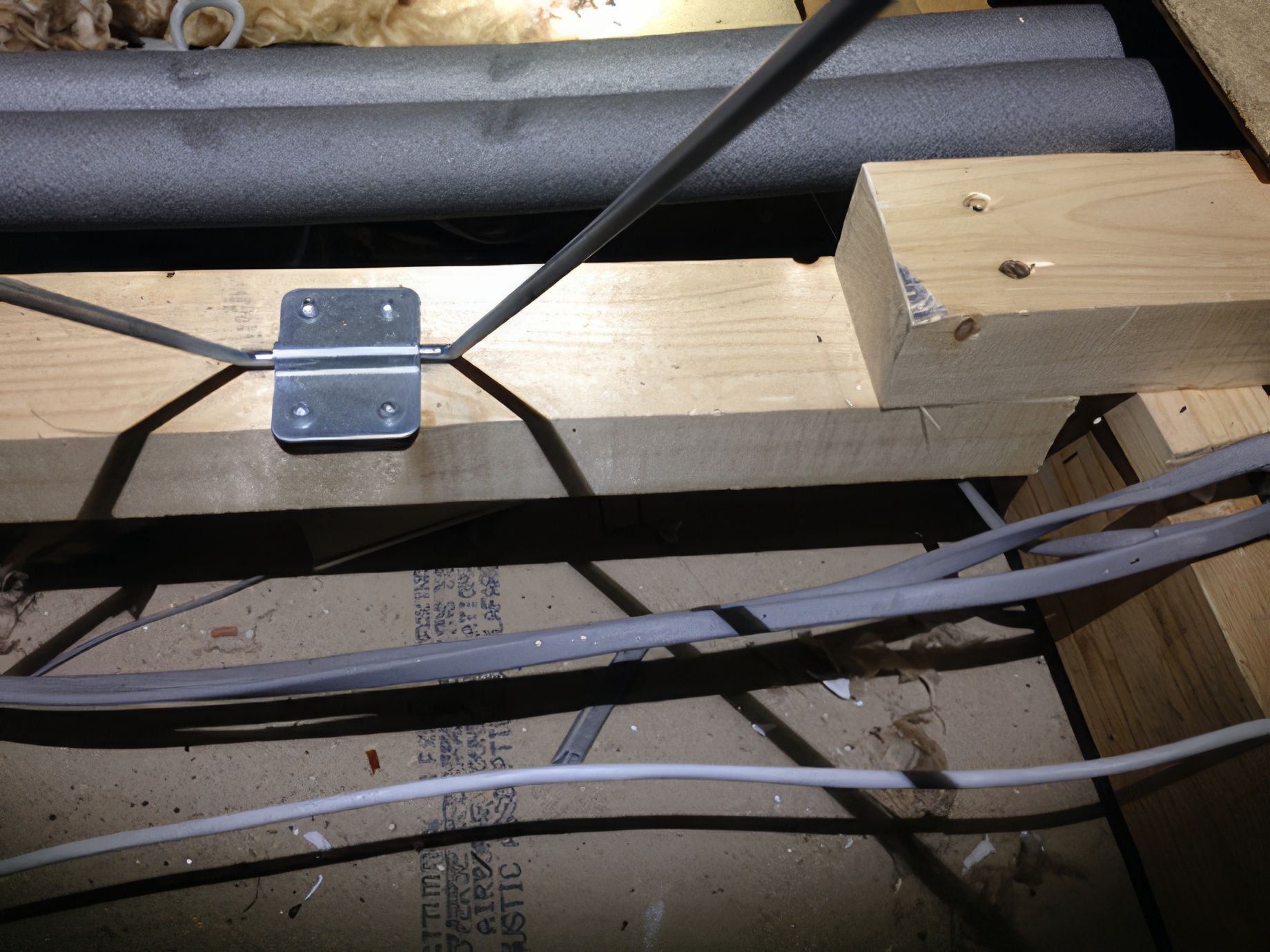
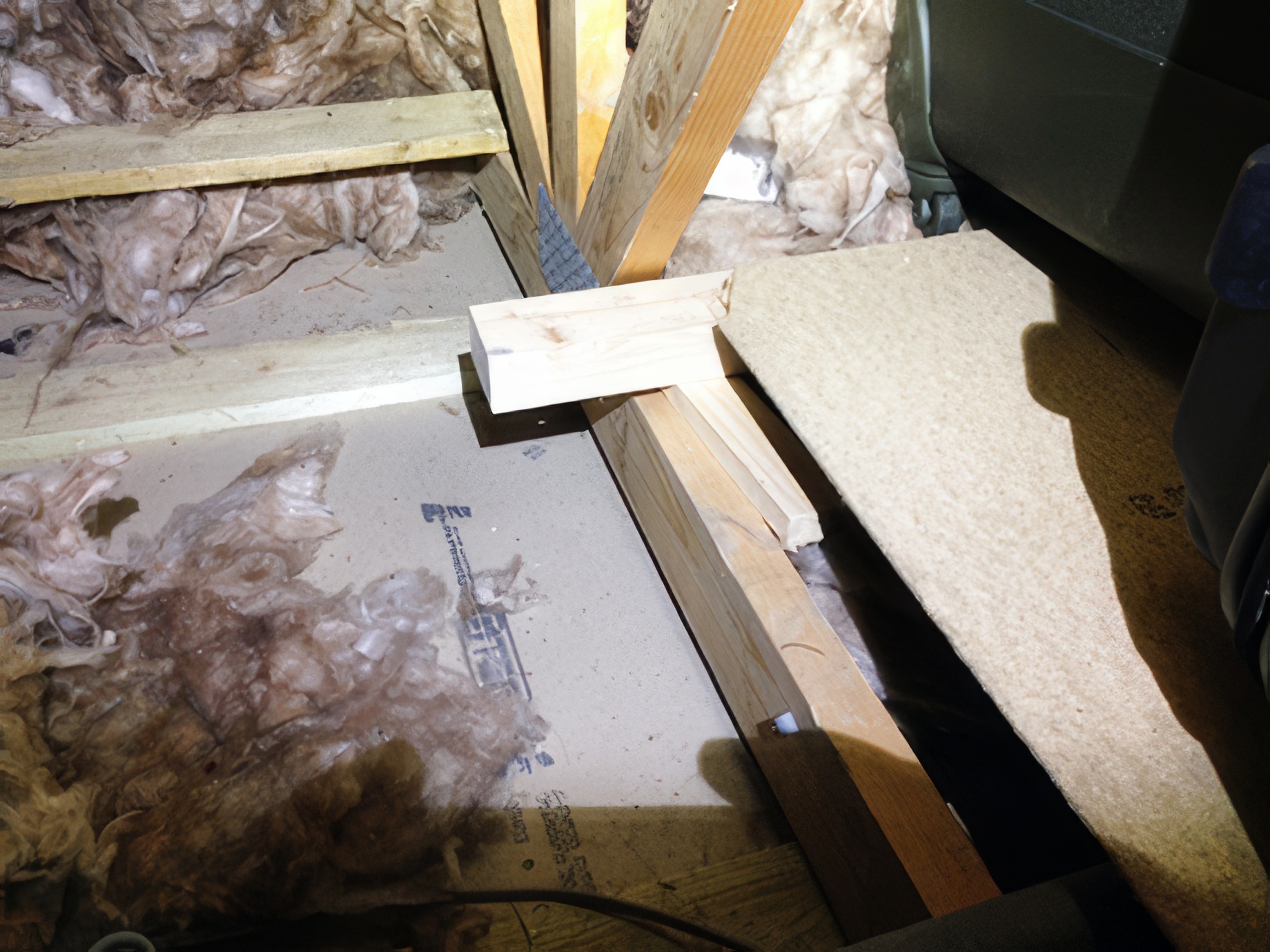
To avoid these issues, it is crucial to use a proper support system that raises the boarding above the insulation layer and evenly distributes the weight across the loft floor. Loft legs or stilts are specifically designed for this purpose, providing a stable base that prevents the insulation from being compressed and maintains the integrity of the loft structure. By ensuring adequate support, homeowners can create a safe, efficient, and durable loft space that meets their storage needs without compromising the thermal efficiency or structural integrity of their home.

Blocking ventilation in loft boarding can lead to numerous problems, affecting both the structure of the loft and the health of the home. Proper ventilation is crucial to prevent condensation and maintain air quality. When boards obstruct vents or airflow, moisture can accumulate, causing dampness and mold growth. This excess moisture can damage roof timbers and insulation, leading to rot and structural instability, which are costly to repair.
Condensation from blocked ventilation can reduce the effectiveness of insulation. Wet insulation compresses and loses its ability to trap air, decreasing thermal efficiency and increasing energy bills. Additionally, mold spores from damp conditions can spread throughout the home, exacerbating allergies and respiratory conditions.
Blocked ventilation can also trap harmful gases like carbon monoxide, posing serious health risks. Ensuring that ventilation pathways remain clear is essential for safety. Planning loft boarding carefully to avoid obstructing vents is crucial. Using raised supports like loft legs can maintain airflow and prevent moisture buildup.
To maintain proper ventilation, avoid covering eaves and soffit vents, and use appropriate materials and techniques. This helps prevent moisture issues, preserve structural integrity, and ensure a healthy living environment. Proper planning and installation are key to achieving a well-ventilated and functional loft space.
Incorrect board placement in loft boarding can lead to safety, functionality, and structural issues. Misaligned or poorly secured boards create an uneven surface, posing tripping hazards and making the loft unsafe. Shifting boards can form gaps, causing instability and reducing storage practicality.
These gaps also lead to thermal bridging, where heat escapes, decreasing thermal efficiency and increasing energy bills. Cold spots from this can cause condensation, mold growth, and damage to the loft and stored items. Poorly secured boards can also create annoying noise issues, like creaking.
To prevent these problems, ensure boards are properly aligned, evenly spaced, and securely fixed. Use supports like loft legs or stilts for a stable, level surface. Proper installation and quality materials are key to a safe, functional, and durable loft space.
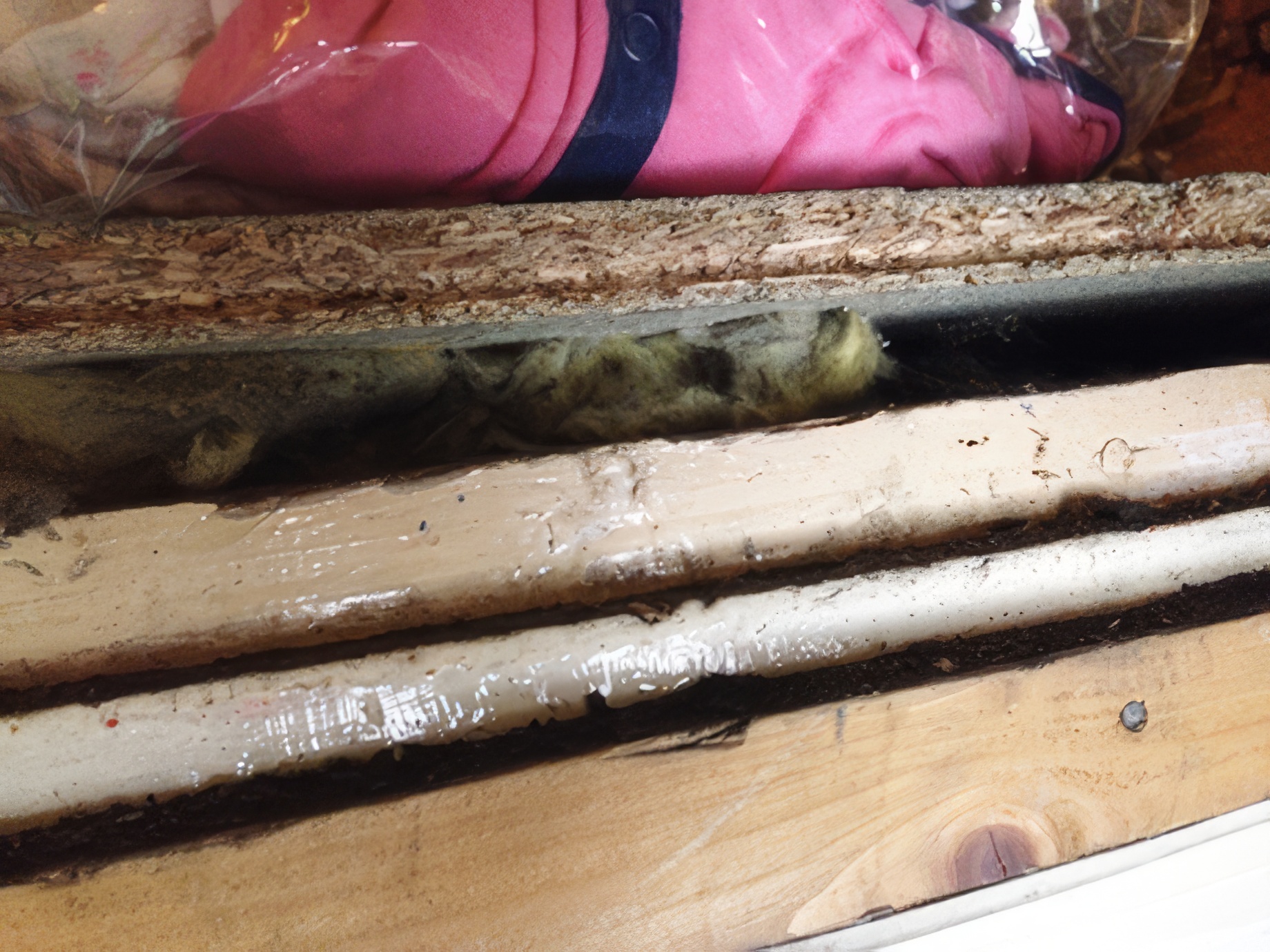
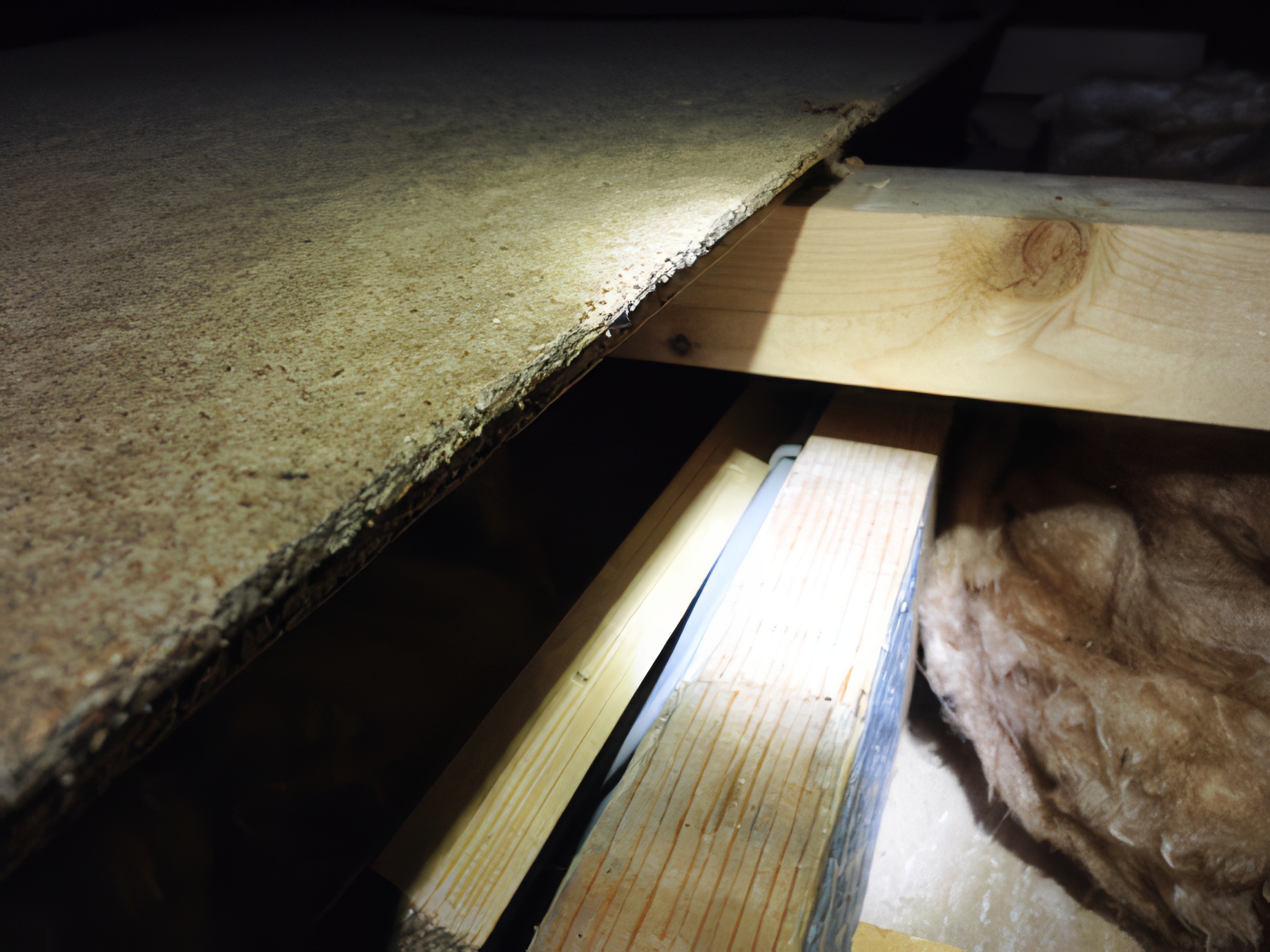
Overloading the structure in loft boarding can cause serious issues. Placing heavy items on boards without ensuring the loft can support the weight can lead to sagging, cracks, or even collapse of the loft floor. This poses significant safety risks and can result in costly repairs. To avoid these problems, it's crucial to check the load-bearing capacity of the loft and use strong, high-quality boards and supports. Proper distribution of weight and adherence to safety guidelines ensure the loft remains safe and structurally sound.
Using inappropriate materials for loft boarding can lead to various issues. Thin or low-quality boards may not support the weight properly, causing them to bend or break. This creates an unsafe environment and can damage stored items. Additionally, unsuitable materials can deteriorate quickly, leading to frequent repairs and increased costs. To ensure safety and durability, it's essential to use strong, high-quality boards designed for loft use, adhering to recommended standards and guidelines.
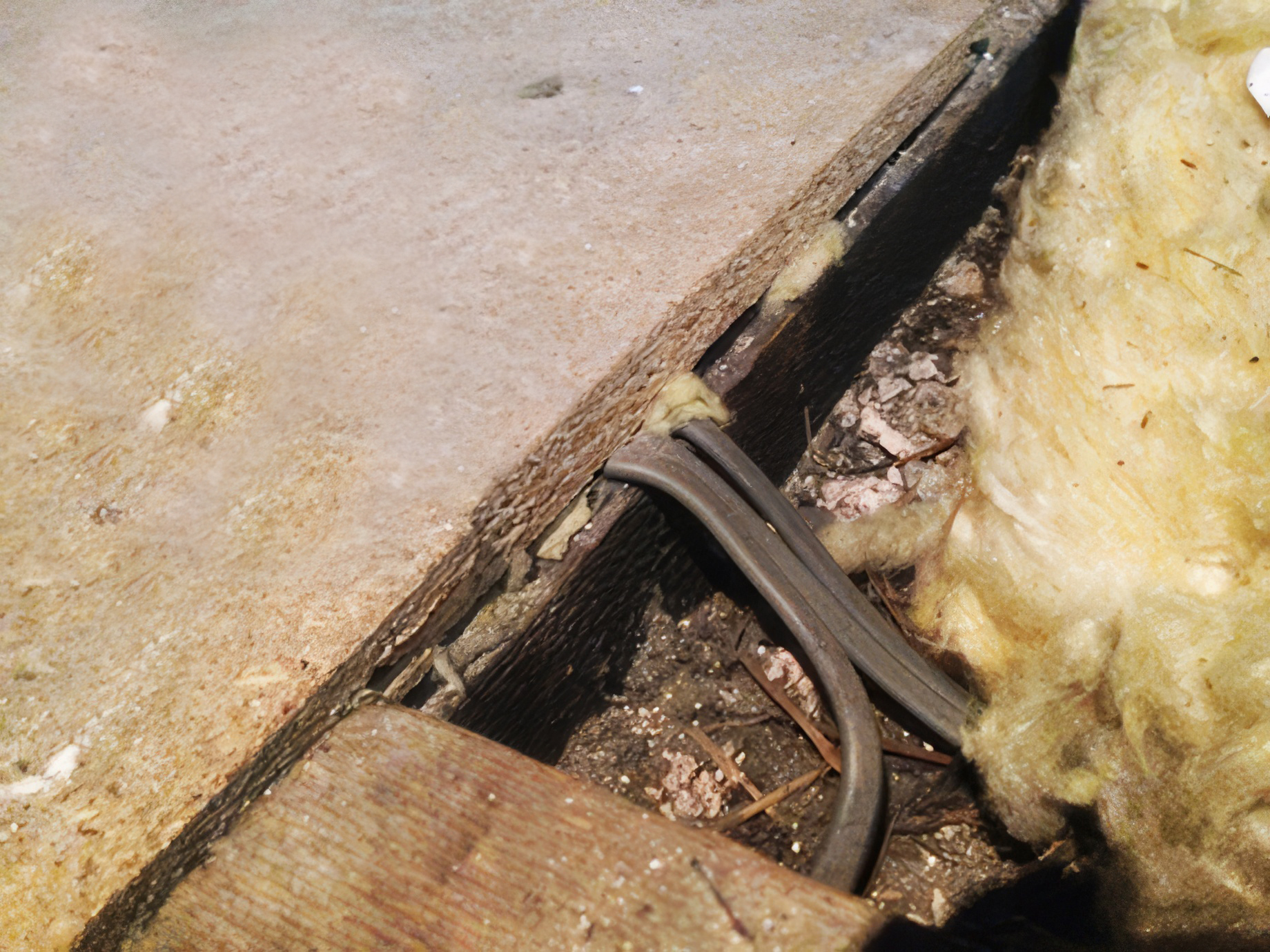
Not accounting for electrical wiring in loft boarding can create serious hazards. Boarding over cables without proper protection can damage the wiring, increasing the risk of electrical fires. It also makes future electrical work difficult and dangerous, as wires may be inaccessible or obscured. To ensure safety, it's crucial to plan the layout carefully, keep wiring accessible, and use protective measures like conduit or trunking. Consulting a professional electrician can help ensure that the installation complies with safety regulations.
Ignoring building regulations in loft boarding can lead to significant problems. Non-compliance can result in legal penalties and costly modifications. It may also make it difficult to sell the property in the future, as it might not pass inspection. Moreover, disregarding regulations can compromise safety, leading to structural issues and potential hazards. To avoid these risks, it's essential to understand and adhere to local building codes and standards, ensuring that all work is compliant and professionally executed.
Poor accessibility in loft boarding can cause inconvenience and safety hazards. Inadequate access points or hatchways make it difficult to enter and exit the loft, especially during emergencies. This can also limit the usability of the space for storage or maintenance. To ensure safe and convenient access, it's important to install a properly sized and well-positioned hatch, along with a secure ladder. Thoughtful planning and professional installation can enhance both the functionality and safety of the loft space.